A true masterpiece of Islamic tradition, a rare model, Yemen or Afghanistan.
It happens in the Arab and Islamic world to find the Hand of Fatima represented in old or recent knockers but more often in amulets, as a symbol of protection of the person. Known as Jamsa or Khamsa, it is a symbol of protection used by Jews and Muslims.
# The name of the Hand of Fatima alludes to Fatima, the daughter of the Prophet Muhammad, a virtuous young woman born in Mecca in the year 604, and married to Ali, the first cousin of the Prophet. Fatima prayed with such fervor that she was able to make it rain in the desert, leaving behind beautiful flowers that emerged from the sand.# Therefore, the Hand of Fatima is attributed powers of protection. Hamsa in Arabic means five, the five fingers of the hand and the five pillars of Islam.
The Hamsa is an ancient symbol important to many religions, including Islam, Judaism, Buddhism and Christianity.
It represents, among other meanings, luck, protection, guidance, feminine power and faith.
Christianity does not really give much importance to the hand of Fatima. But in the Christian religion, the hand of Fatima is considered the hand of Mary, mother of Jesus. According to Jewish precepts, the hand of Mary is also considered a protective hand among Christians. The Hamsa hand necklace can be worn facing up or down, depending on your intention. Remember the rule when wearing a necklace.# If the symbol is facing up, it symbolizes protection.
# On the other hand, the hand facing down represents abundance and blessings.
Dimensions: Height: 19 cm - width 7.3 cm - weight: 42 grs
FREE SHIPPING FOR FRANCE 0€ / EUROPE 15€ // WORLD 25€
For further information you can contact me at 06 13 36 09 30 or at winsteinprovence@gmail.com
www.winsteinprovence.com
Texts, photos WINSTEIN, rights reserved
Ref winstein: 1498
# Hamsa hand according to Judaic cultures In Judaic cultures, the emblem is known as Hamsa or hand of Miriam, named after the sister of Moses and Aaron. The meaning of the Hamsa hand is similar: it is often used as an amulet to ward off the evil eye and bring its wearer luck, abundance, health and happiness. Its history dates back to ancient Mesopotamia, where it was used as a symbol of protection against bad luck and evil forces. Today, it has been adopted by Sephardic and Ashkenazi Jewish communities around the world. The five fingers of the Hamsa represent the five books of the Torah in Jewish tradition.
# Hamsa in North African Cultures In North African cultures, particularly in Tunisia, Morocco, and Algeria, the symbol is known as the Hamsa. The term translates to the number five in Arabic and Hebrew and represents protection from evil. Traditionally, this symbol is placed in homes and vehicles and worn as jewelry. The symbol has been interpreted in various ways, with some associating it with the five pillars of Islam, while others link it to pre-Islamic connotations.
# Hands of Mary among Christians In some Christian cultures, it is called the Hand of Mary, referring to the mother of Jesus Christ. Some also consider it to be a symbol of the Hand of God. However, this usage is less common. Like its other cultural counterparts, it is considered a protective charm against evil. In this context, each finger can represent a different sacred virtue.
# The Goddess Hand in Hindu and Buddhist Cultures In Hindu and Buddhist cultures, similar symbols are sometimes associated with various goddesses, such as Lakshmi and Kali. These symbols have slightly different meanings, but are often associated with strength, protection, or feminine power.
## Regardless of the culture, the common thread is protection against negative forces, and different versions often serve as symbols of peace, prosperity, and protection. The design and details vary from culture to culture, but the central theme remains the same.


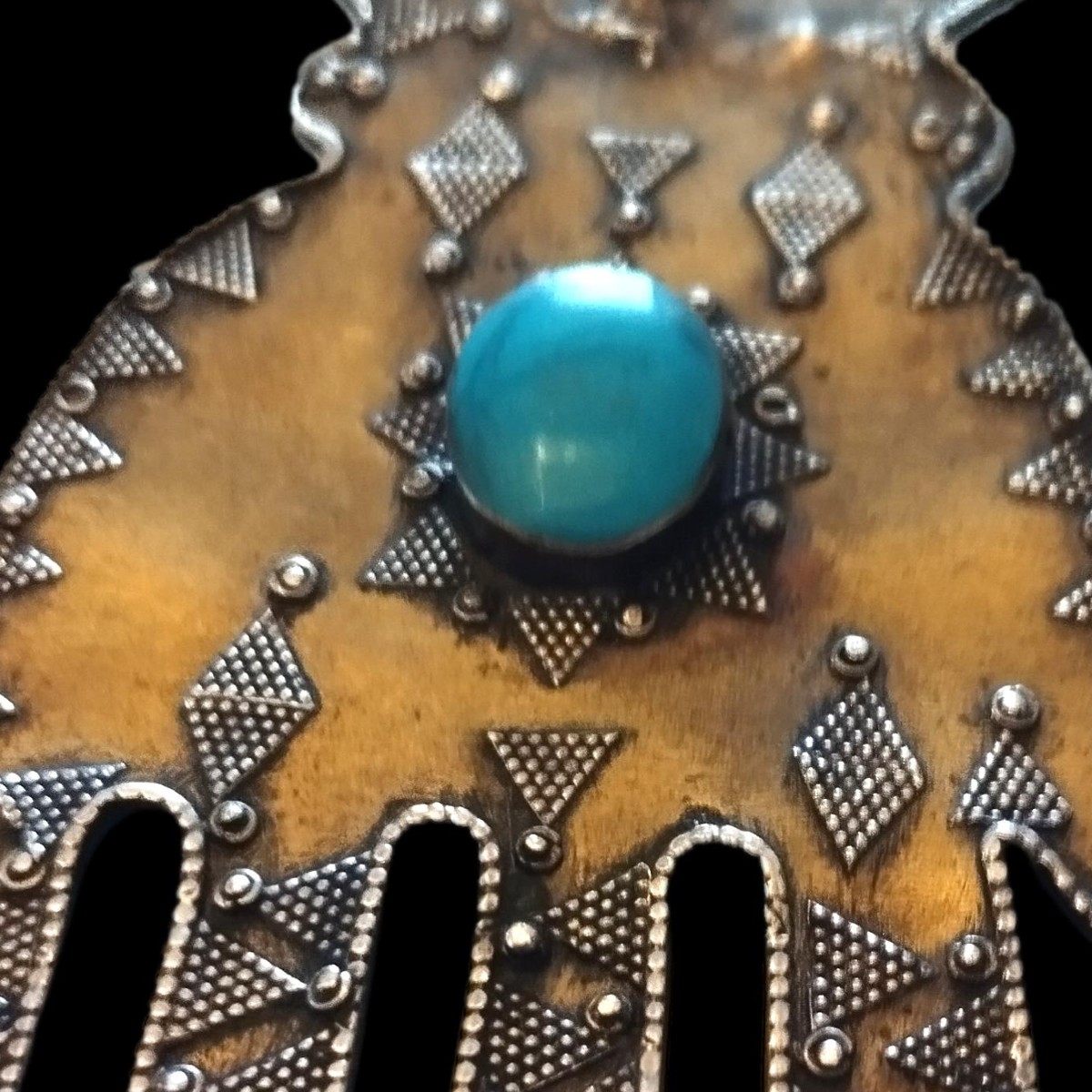

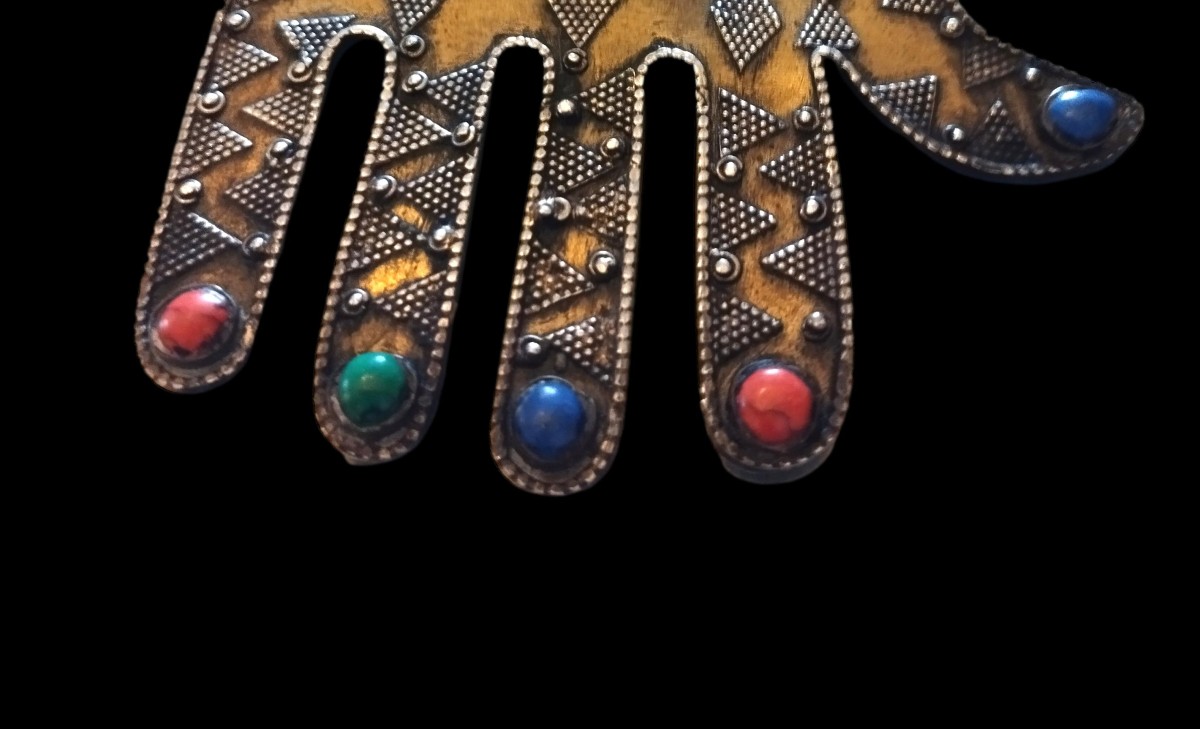

























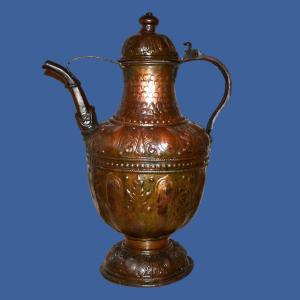





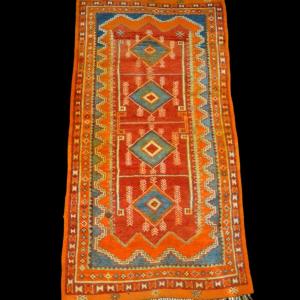



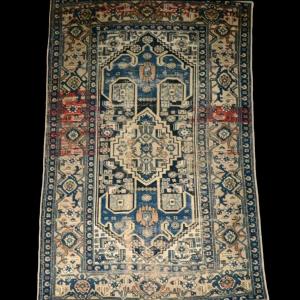
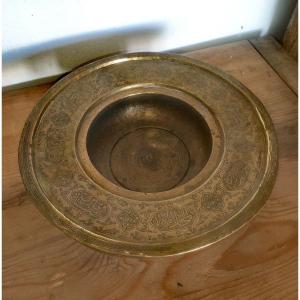






 Le Magazine de PROANTIC
Le Magazine de PROANTIC TRÉSORS Magazine
TRÉSORS Magazine Rivista Artiquariato
Rivista Artiquariato